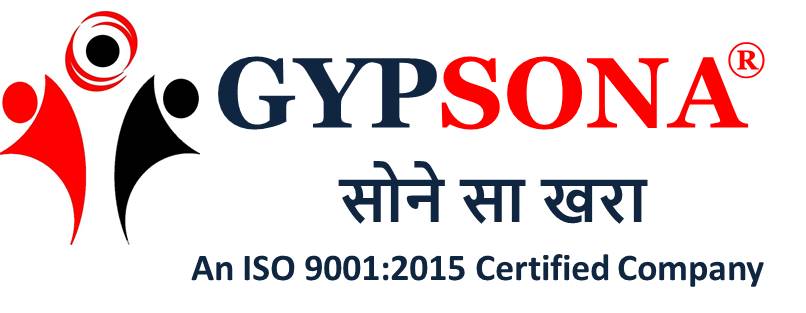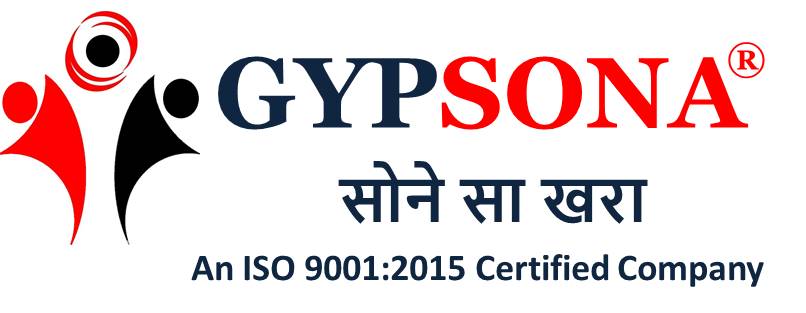21 Mar Investigating the Impact of Cement Grade Gypsum on the Sustainability of Cement Manufacturing
Cement manufacturing is a significant contributor to global carbon emissions, accounting for approximately 8% of the world’s carbon dioxide emissions. As a result, there is a growing need to identify methods for reducing the environmental impact of cement manufacturing. One such method is the use of cement grade gypsum, a byproduct of the fertilizer industry that can be used to replace traditional natural gypsum in the manufacturing process. This article aims to investigate the impact of cement grade gypsum on the sustainability of cement manufacturing.
What is Cement Grade Gypsum?
Cement grade gypsum is a byproduct of the fertilizer industry, primarily produced during the production of phosphoric acid. It is chemically identical to natural gypsum, but it has higher purity levels and is more readily available. Cement grade gypsum is used in cement manufacturing as a replacement for natural gypsum, which is a finite resource.
The Impact of Cement Grade Gypsum on the Environment:
The use of cement grade gypsum in cement manufacturing has several environmental benefits. Firstly, the use of cement grade gypsum reduces the need for natural gypsum, which is a non-renewable resource. Secondly, the use of cement grade gypsum reduces the need for landfill space, as it provides a useful outlet for a byproduct that would otherwise be discarded. Finally, the use of cement grade gypsum reduces the carbon footprint of cement manufacturing, as the production of natural gypsum is energy-intensive, and its transportation contributes to carbon emissions.
The Impact of Cement Grade Gypsum on Cement Quality:
The use of cement grade gypsum in cement manufacturing has minimal impact on the quality of cement produced. In fact, cement grade gypsum is chemically identical to natural gypsum and has higher purity levels, making it a superior alternative to natural gypsum. The use of cement grade gypsum does not affect the setting time or strength development of cement, and it has no adverse impact on the durability or workability of the final product.
The Cost Benefit of Using Cement Grade Gypsum:
The use of cement grade gypsum in cement manufacturing is economically viable. As a byproduct of the fertilizer industry, cement grade gypsum is readily available and can be obtained at a lower cost than natural gypsum. The use of cement grade gypsum can also result in cost savings in the manufacturing process, as it reduces the need for landfill space and transportation costs associated with the disposal of the byproduct.
Conclusion:
In conclusion, the use of cement grade gypsum in cement manufacturing has several environmental and economic benefits. It reduces the need for natural gypsum, which is a non-renewable resource, and provides a useful outlet for a byproduct that would otherwise be discarded. The use of cement grade gypsum reduces the carbon footprint of cement manufacturing, and it has minimal impact on the quality of cement produced. Moreover, it is economically viable, as it can be obtained at a lower cost than natural gypsum and can result in cost savings in the manufacturing process. Therefore, the use of cement grade gypsum should be encouraged as a sustainable solution for cement manufacturing.


No Comments